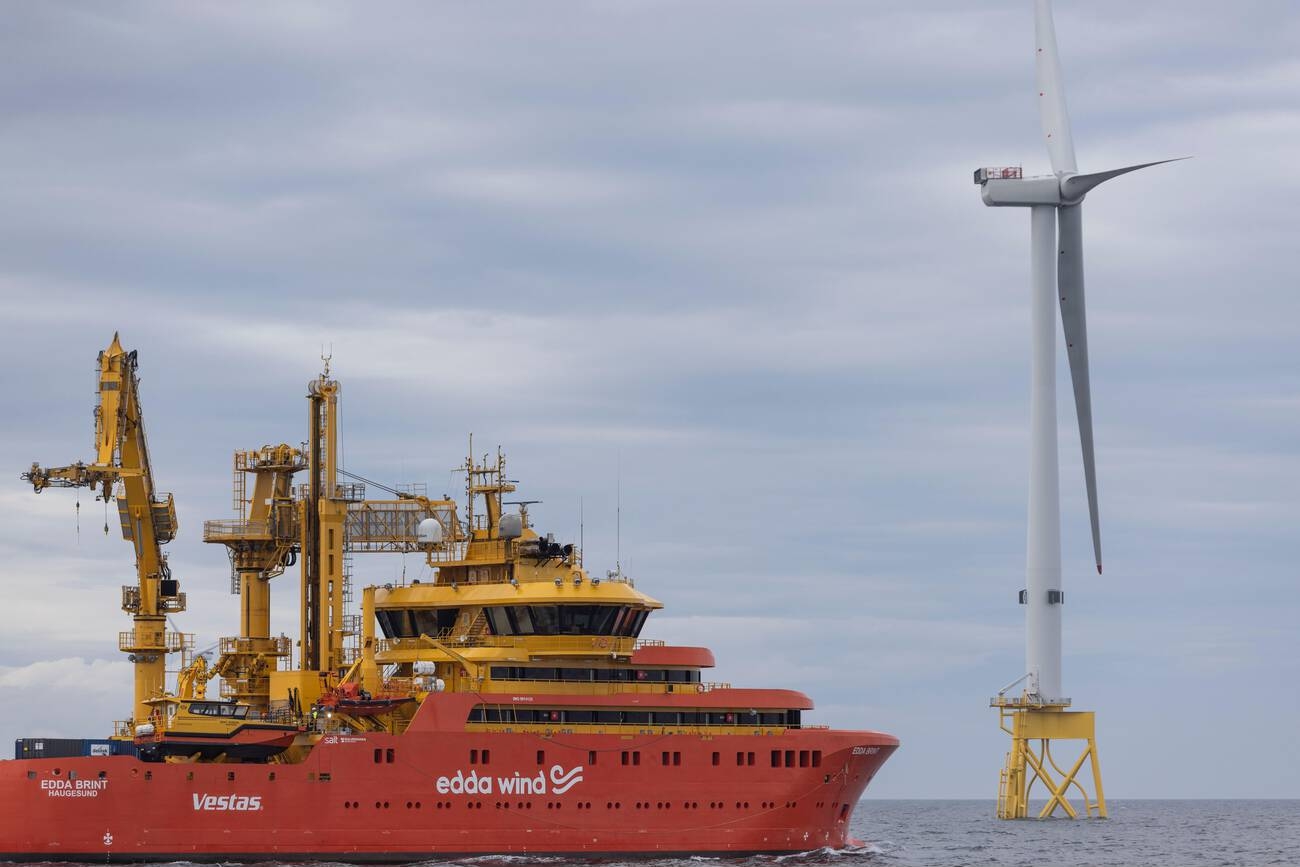Scotland’s Climate Leadership: Practical Support to the World
Scottish First Minister John Swinney recently made a commitment that Scotland will do everything it can to support the

Scottish First Minister John Swinney recently made a commitment that Scotland will do everything it can to support the countries most affected by the climate crisis. He added that the nations contributing the least to creating carbon emissions often end up paying the highest price. Floods, droughts, and heat waves are hitting communities without any ability to recover. Swinney’s remark aimed at moral responsibility and political clarity. It showed that Scotland considers climate responsibility a national project but also a human endeavor. This article explores how Scotland’s climate leadership has developed through real projects, social action, and international partnership, and how the model can engage others to act with fairness and resilience.
Voice for the People Most Affected
As Swinney was speaking, the rest of the world was still suffering from severe storms and wildfires. In sub-Saharan Africa, communities were displaced from their homes because crops had been destroyed. In Asia and the Pacific, sea-level rise is swallowing up fields. They have contributed nothing to carbon buildup in the air but must endure its most damaging effects. Scotland has tried to respond in constructive ways: modest grants of climate aid, technical advice, and training courses for local engineers. The amounts are modest, but the goodwill is genuine. The message is that solidarity should replace indifference. In setting practical help above distant sympathies, Scotland shows the strength of moral purpose guiding policy. That is Scotland’s leadership on climate action, not words.
The Long Transition to an Alternative
Twenty years ago, Scotland’s economy was locked into carbon dependence. Offshore rigs and refineries drove industry and jobs, but at the cost of carbon dependency. Two decades of planning have turned that image around. The country invested heavily in wind, hydro, and tidal energy. Today, most of Scotland’s electricity, over ninety percent, is renewable. Offshore schemes such as Seagreen and Beatrice are now symbols of progress. They provide clean power to millions of homes and create jobs for the long term. Carbon emissions have dropped sharply, and there has been greater public acceptance of renewables. The transformation did not happen overnight but required public involvement, education, and political will. These innovations offer the technological foundation of Scottish leadership on climate.
Reinforcing Local Strength and Collective Knowledge
Scotland’s long coastline and strong winds gave a clear natural advantage, but geography alone was not enough to guarantee success. The government started partnerships among universities, research centers, and businesses to design more effective turbines, smart grids, and better storage units. Students and technicians were trained to work with new technology. Scotland began to export equipment as well as knowledge step by step. Aberdeen and Edinburgh engineers now guide energy projects in South America, the Pacific, and Africa.
Training programs invite international students to study at Scottish institutions, allowing them to return home and apply the skills and knowledge they have learned in practice. This approach translates local strength into a global advantage. It also enables small nations to advance more quickly toward energy independence. This exchange of knowledge is the heart of Scotland’s climate leadership, proving that knowledge is as valuable as resources.
Green Diplomacy and Scotland’s Climate Leadership
Alongside technological progress was a diplomatic achievement. Scotland began promoting itself at global summits not only as a consumer of clean energy but as an eager partner for global collaboration. Scottish representatives take part in international climate groups. Memorandums of understanding have been established with countries such as Vanuatu, focusing on renewable energy cooperation and coastal resilience.
Scotland has also expanded similar partnerships with other island and developing nations affected by climate change. This foreign policy stance builds friendships while strengthening Scotland’s moral voice. It shows that a small country can negotiate terms at the international level if it leads from the front. It allows Scotland to play a voice of a kind of autonomy in the broader foreign policy of the United Kingdom. Through its role as a center for environmental cooperation, Scotland’s leadership on climate change carries both a moral responsibility and a growing influence on the global stage.
Jobs, Communities, and Local Prosperity
The transition in energy also transformed Scotland’s economy. Wind farms brought new employment for construction crews, electrical engineers, and marine experts. Seaports that once exported oil export turbine parts and repair services offshore. Highlands and coastal training facilities give youngsters stable employment in the renewable sector. Small businesses deliver parts, programs, and services. The result is cleaner energy with healthier local economies. This prosperity keeps the public attitude positive toward the green transition because families directly benefit from it. Rural villages, which were once ignored in previous decades, have now gained new importance in community-owned energy companies. Thus, Scotland’s leadership on climate change has created economic prosperity and environmental benefits for the country.
Practical Partnerships That Build Resilience
Scotland’s international development work is more likely to do than talk. Scottish experts helped design Malawi and Rwanda’s small hydro and wind microgrids for schools and clinics. Advisers have aided Asian coastal governments in designing storm surge protection. They start small, but these projects help train local technicians to maintain and expand the systems independently. The goal is local ownership and self-reliance, not continued dependence on outside help. One learns to operate, fix, and even reinvent systems on one’s own. That independence is worth more than money. Under such hands-on collaboration, Scotland’s climate leadership starts to manifest itself as a partnership between equals, made possible by respect and foresight.
Education, Culture, and Day-to-Day Action
No climate policy will work unless people join in. Scotland’s civic culture and education system enable early environmental literacy. In schools, students learn about sustainability, recycling, and renewable energy. Community groups organize tree-planting campaigns and neighborhood clean-up events. Towns and cities invest in electric buses and cycle lanes, and rural areas test car-sharing schemes. Each of these little everyday things is small in itself, but together, they form a culture of responsibility. As people feel they belong, they make it easier to sustain the advances that have been made by industry and government. By grounding policy in the life of local communities, Scotland’s climate leadership can become not merely a policy approach but a social movement that can be passed down from generation to generation.
Lessons for Other Countries
Scotland’s case has lessons for other countries. The first is that steady, step-by-step action works better than dramatic promises. The second is that justice breeds trust: as people see shared benefit, resistance melts away. The third is humility—transparency of failure as well as success so others can learn more effectively. Scottish planning tools for renewable mapping and local participation are now copied by many developing nations. They discover that participatory decision-making prevents conflict and raises the success rate of projects. Scotland’s humility to collaborate with others makes the partners even more willing to cooperate. Therefore, Scotland’s Climate Leadership is not dominance but one of partnership, and mutual respect and openness.
Scotland’s Climate Diplomacy: Leadership and Independence
Scotland’s determination to stand with the countries hardest hit by climate change is built on experience. Twenty years’ work has shown that clean energy can work for people and the planet if shaped by justice and control. The combination of technological imagination, social progress, and moral commitment confers on Scotland a distinction beyond its size. It demonstrates that leadership in the climate age is not a function of wealth or of size but of principle and of example. As nations take the difficult road of change, Scotland’s path is encouraging: change is possible, and solidarity can be extended.
Scotland’s future depends on following this path, and on maintaining its commitment to justice, innovation, and international solidarity, and this policy also sends a political message to the UK central government: Scotland aims to play an independent role in global climate issues and make its voice heard beyond the framework of London.






